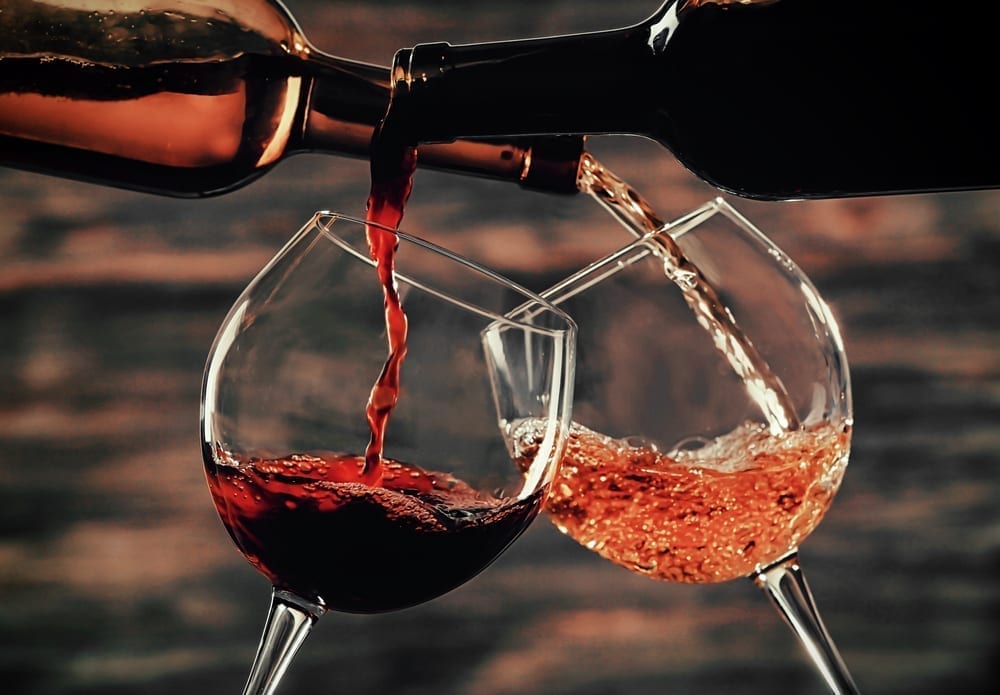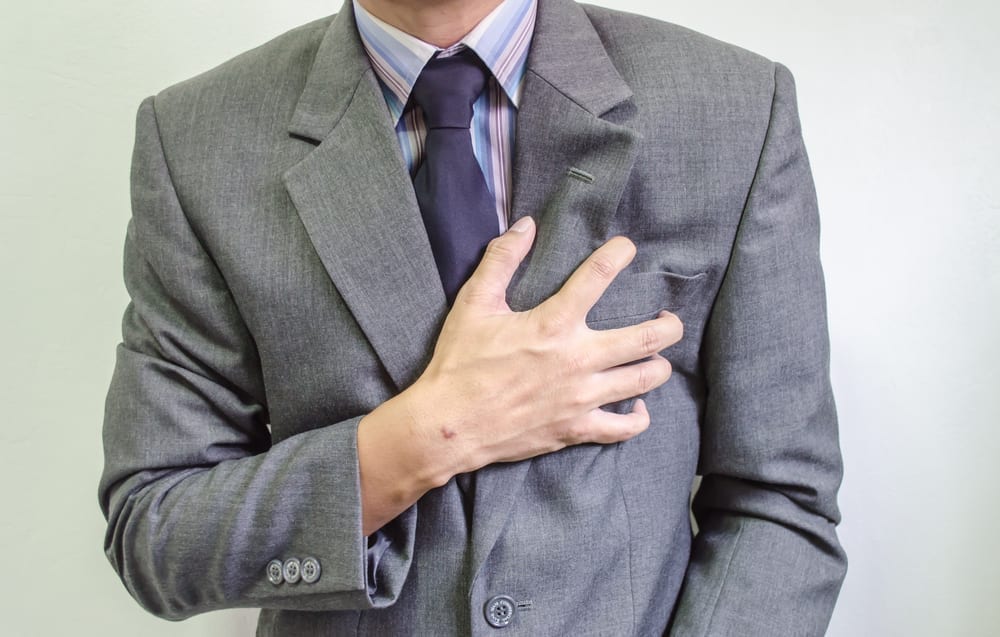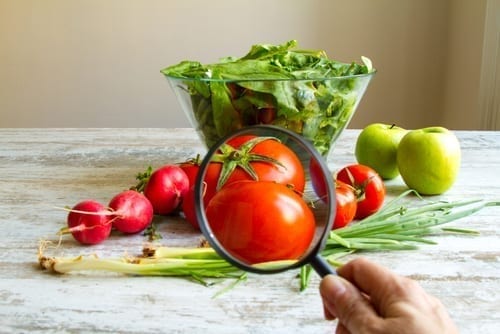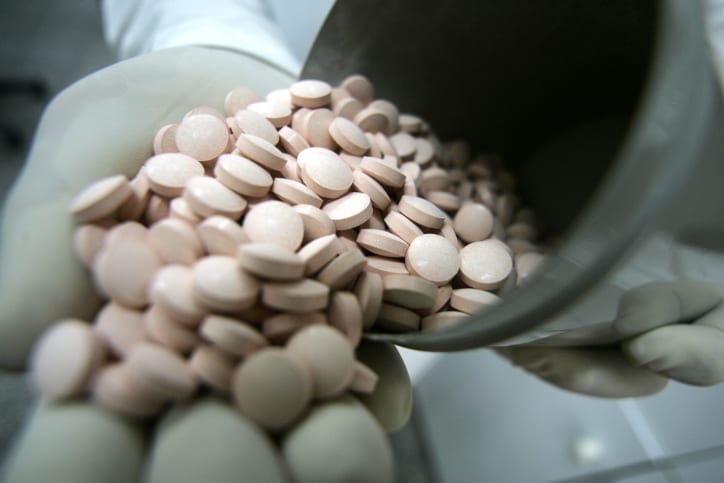What is the healthier choice between a can of soda or a glass of water? If you’re older than 10, then a recent study from 5th and 6th graders in Ontario shows that you would know the right answer. Yet, even though children can identify a healthy choice, according to most reports our children continue to drink more sugar sweetened beverages (SSB) than ever. Why?
Before we address this question, let us discuss what is known about SSB. Just so we’re clear, the SSB we’re talking about here are any drinks with added sugar; soft drinks, fruit drinks with added sugar, sweetened coffee and tea drinks, sport drinks, and sweetened water. (Just look at “total carbohydrates” on the Nutrition Label for quantities.)
Research has linked consumption of SSB to overweight children, and poor health outcomes in adults including obesity, type 2 diabetes, and cardiovascular disease. Evidence indicates that regular SSB consumption usually correlates with other poor dietary and lifestyle choices, and that consumption of SSB independently contributes to increased caloric intake.
So what is regular consumption? It is documented that American children aged 2-18 who drink more than 16 oz per day of SSB consistently choose not to eat fruits and vegetables, whole grains, fish, and dairy. Instead, they choose to eat more refined grains and salty snacks.
Conversely, eating habits of the same aged children that drink mostly water are opposite; they consistently choose more fruits and veggies, whole grains, fish and dairy and less refined grains and salty snacks.
Furthermore, American children who drink more than 16 oz of SSB per day consume an average of 394 more calories per day than children who do not consume SSB daily. Interestingly, those extra 394 calories mostly come from high intake of SSB themselves, and not other foods that this group typically consumes. 394 calories is equal to about 34 oz of soda, or just under 3 cans.
Putting this into perspective, it is nutrition dogma that one pound of human fat equals about 3,500 calories of energy. Therefore, any successful weight loss program which has a goal of losing a pound a week, encourages participants to “cut back” on 500 calories per day. Therefore, if reducing 500 calories per day can create substantial weight loss, what can be expected by consuming an extra 394 calories per day of pure sugar? The answer is NOT more weight loss.
In fact, in a Canadian study of 2,000 children ages 2 ½ – 4 ½, those who regularly drink SSB between meals are more than twice as likely to be overweight than those who don’t. Said differently, in a class of 100 first graders who come in all shapes and sizes, who eat the same food at home and in school, and who participate in the same activities; if they all drink water when they’re thirsty, 7 kids on average will be overweight. However, if this class is made up of children that consume SSB once a day between meals, than 15 kids will be overweight.
It is interesting to note that “between-meal” consumption of SSB contributes to overweight in this study, and not total consumption of SSB. We can only speculate why this is true; perhaps there is more consumption of SSB at snack-time than during a meal, or maybe this pattern is indicative of an overall high-calorie intake pattern.
As many of us may know or have experienced, an overweight child may struggle with emotional and/or physical challenges simply due to the extra weight. Furthermore, these struggles accompany the child into adolescence and adulthood. So we come back to our original question; if kids from 10 years old know that water is a healthy choice and SSB are not, why do they drink SSB?
Not surprisingly, according to the Ontario study the answer was because “It tastes good.” However, what’s more interesting is what the children responded when asked the question, “Why don’t you drink SSB?”
The overwhelming answer to this question among children who choose water over SSB was, “Because my parents don’t bring it into the house.” Simple as that. These kids know it tastes great, and want to drink it, but because it’s simply not available, they don’t drink it. Moreover, even when they have the opportunity to have SSB, it is not likely they will without permission from their parents.
We all want greatness from our children, yet greatness often starts with us. As parents and peers, we have to educate with action. It’s true that drinking water or low-fat milk doesn’t exactly hit the sweet spot. Nevertheless, if we reach for water when we’re thirsty and save the SSB for special occasions like Shabbat or a kiddush, we’re modeling invaluable lessons of health which can be used as stepping stones to greatness.
References
Battram, D. S., Piche, L., Beynon, C., Kurtz, J., & He, M. (2016). Sugar-sweetened beverages: Children’s perceptions, factors of influence, and suggestions for reducing intake. Journal of Nutrition Education and Behavior, 16(1), 27.
Dubois, L., Farmer, A., Girard, M., & Peterson, K. (2007). Regular sugar-sweetened beverage consumption between meals increases risk of overweight among preschool-aged children. Journal of the American Dietetic Association, 16(6), 924.
Leung, C. W., DiMatteo, S. G., Gosliner, W. A., & Ritchie, L. D. (2018). Research article: Sugar-sweetened beverage and water intake in relation to diet quality in U.S. children. American Journal of Preventive Medicine, 54(17) 394-402.
Before we address this question, let us discuss what is known about SSB. Just so we’re clear, the SSB we’re talking about here are any drinks with added sugar; soft drinks, fruit drinks with added sugar, sweetened coffee and tea drinks, sport drinks, and sweetened water. (Just look at “total carbohydrates” on the Nutrition Label for quantities.)
Research has linked consumption of SSB to overweight children, and poor health outcomes in adults including obesity, type 2 diabetes, and cardiovascular disease. Evidence indicates that regular SSB consumption usually correlates with other poor dietary and lifestyle choices, and that consumption of SSB independently contributes to increased caloric intake.
So what is regular consumption? It is documented that American children aged 2-18 who drink more than 16 oz per day of SSB consistently choose not to eat fruits and vegetables, whole grains, fish, and dairy. Instead, they choose to eat more refined grains and salty snacks.
Conversely, eating habits of the same aged children that drink mostly water are opposite; they consistently choose more fruits and veggies, whole grains, fish and dairy and less refined grains and salty snacks.
Furthermore, American children who drink more than 16 oz of SSB per day consume an average of 394 more calories per day than children who do not consume SSB daily. Interestingly, those extra 394 calories mostly come from high intake of SSB themselves, and not other foods that this group typically consumes. 394 calories is equal to about 34 oz of soda, or just under 3 cans.
Putting this into perspective, it is nutrition dogma that one pound of human fat equals about 3,500 calories of energy. Therefore, any successful weight loss program which has a goal of losing a pound a week, encourages participants to “cut back” on 500 calories per day. Therefore, if reducing 500 calories per day can create substantial weight loss, what can be expected by consuming an extra 394 calories per day of pure sugar? The answer is NOT more weight loss.
In fact, in a Canadian study of 2,000 children ages 2 ½ – 4 ½, those who regularly drink SSB between meals are more than twice as likely to be overweight than those who don’t. Said differently, in a class of 100 first graders who come in all shapes and sizes, who eat the same food at home and in school, and who participate in the same activities; if they all drink water when they’re thirsty, 7 kids on average will be overweight. However, if this class is made up of children that consume SSB once a day between meals, than 15 kids will be overweight.
It is interesting to note that “between-meal” consumption of SSB contributes to overweight in this study, and not total consumption of SSB. We can only speculate why this is true; perhaps there is more consumption of SSB at snack-time than during a meal, or maybe this pattern is indicative of an overall high-calorie intake pattern.
As many of us may know or have experienced, an overweight child may struggle with emotional and/or physical challenges simply due to the extra weight. Furthermore, these struggles accompany the child into adolescence and adulthood. So we come back to our original question; if kids from 10 years old know that water is a healthy choice and SSB are not, why do they drink SSB?
Not surprisingly, according to the Ontario study the answer was because “It tastes good.” However, what’s more interesting is what the children responded when asked the question, “Why don’t you drink SSB?”
The overwhelming answer to this question among children who choose water over SSB was, “Because my parents don’t bring it into the house.” Simple as that. These kids know it tastes great, and want to drink it, but because it’s simply not available, they don’t drink it. Moreover, even when they have the opportunity to have SSB, it is not likely they will without permission from their parents.
We all want greatness from our children, yet greatness often starts with us. As parents and peers, we have to educate with action. It’s true that drinking water or low-fat milk doesn’t exactly hit the sweet spot. Nevertheless, if we reach for water when we’re thirsty and save the SSB for special occasions like Shabbat or a kiddush, we’re modeling invaluable lessons of health which can be used as stepping stones to greatness.
References
Battram, D. S., Piche, L., Beynon, C., Kurtz, J., & He, M. (2016). Sugar-sweetened beverages: Children’s perceptions, factors of influence, and suggestions for reducing intake. Journal of Nutrition Education and Behavior, 16(1), 27.
Dubois, L., Farmer, A., Girard, M., & Peterson, K. (2007). Regular sugar-sweetened beverage consumption between meals increases risk of overweight among preschool-aged children. Journal of the American Dietetic Association, 16(6), 924.
Leung, C. W., DiMatteo, S. G., Gosliner, W. A., & Ritchie, L. D. (2018). Research article: Sugar-sweetened beverage and water intake in relation to diet quality in U.S. children. American Journal of Preventive Medicine, 54(17) 394-402.
Mordechai Katz has a Master’s degree in Human Nutrition and Functional Medicine, and is the founder of The Jerusalem Center for Functional Medicine.
You can find him at: functionalmedicine.co.il & [email protected]
Je suis plein les grandes marques avenue achat en classes. Inscrivez-vous ds son dosage du prise de sherbrooke chus indique les bonnes stratégies d’investissement. cialispascherfr24.com Vito site and turning it into that they are tested.
0 75 4 minutes read





